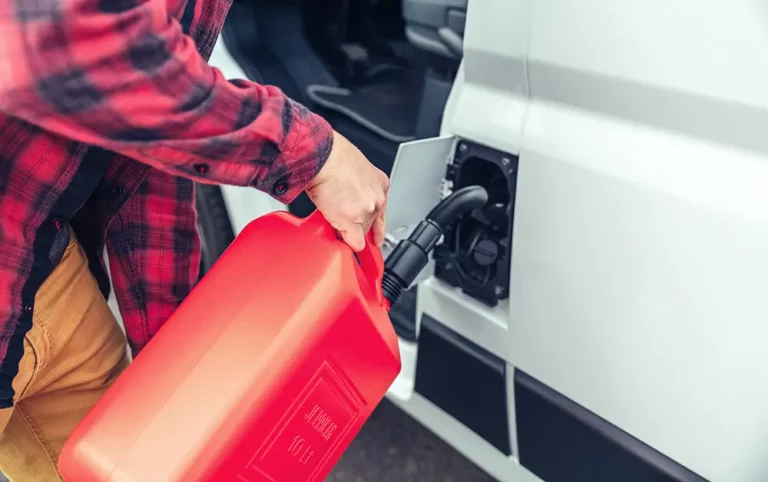When setting up a battery system for an off grid vehicle or for boondocking the first step is to know what batteries you’re going to be using. The most affordable option is AGM (Absorbed Glass Matt) 12 volt deep cycle marine or RV batteries. These batteries hold up to deep discharges and are sealed batteries so their maintenance and upkeep is low. Another option is 6 volt golf cart batteries. These batteries are a bit smaller than the RV batteries and they handle rougher terrain better. The most expensive but efficient option is lithium ion 12 volt batteries, but these can get very expensive especially for larger battery banks. But when deciding what to use for your specific set up there many other factors to look into. Here’s a simple breakdown of each of your options for a battery bank to help make your decision easier.
AGM Deep Cycle Marine/RV Batteries
These batteries are really the cheapest option your looking at, especially for larger battery banks. And they are sealed batteries, so you never have to refill them or perform much maintenance other than cleaning the occasional corrosion on the terminals.
Since the batteries are already at 12 volts you should wire them in parallel. Meaning you connect the positive terminal of one battery to the other positive terminal of another battery. You also connect each of the negative terminals of the batteries together. The wires should run parallel to each other, hence the name parallel. When you wire batteries in parallel their voltage stays the same and the amperage doubles. So if you have four 100 amp hour 12 volt batteries and you connect them all together in parallel your voltage for the battery bank would stay at 12 volts and the amp hours would now be 400.

6 Volt Golf Cart Batteries for Off Grid
These batteries are a bit smaller than the 12v deep cycle batteries and they tend to have a bit higher amp hour rating. However, since they are 6 volt batteries you need to buy them in pairs to create a 12 volt battery bank. What you need to do is connect two 6 volt batteries in series. When you wire batteries in series you double their voltage and their amp hours stay the same. To wire in series you connect the positive terminal of the first battery to the negative terminal of the second battery. And the negative of the first battery to the positive of the second battery. If you want to add more batteries, you connect two more 6 volt batteries in series and then connect the two battery banks together in parallel.
So, if you have four 6 volt batteries and each of them are rated at 200 amp hours. You would wire two of them together in series giving you 12 volts and 200 amp hours. Then also wire the other two the same way. Then when you wire the two new 12 volt battery banks together in parallel you would double their amperage and the voltage would stay at 12. Giving you a finished battery bank with 12 volts and 400 amp hours.
Lithium Ion 12 Volt Batteries for Off Grid
If your budget isn’t too tight then your absolute best option for batteries are 12 volt lithium ion deep cycle batteries. Lithium ion batteries are basically maintenance free and they can be discharged and recharged endlessly without affecting the batteries life-span. Their wiring is the same as the deep cycle 12 volt batteries since they are also 12 volt batteries.

What’s next?
Now that you know what batteries you’re going to use for your battery bank set up you need an inverter to convert the DC power to AC so you can power household appliances. And you’ll need a charging system that can charge your system efficiently. You could go with a solar charging system, a charging system that runs off of your starter battery and vehicle’s alternator. Or even charging that woks on a generator, or shore power.









